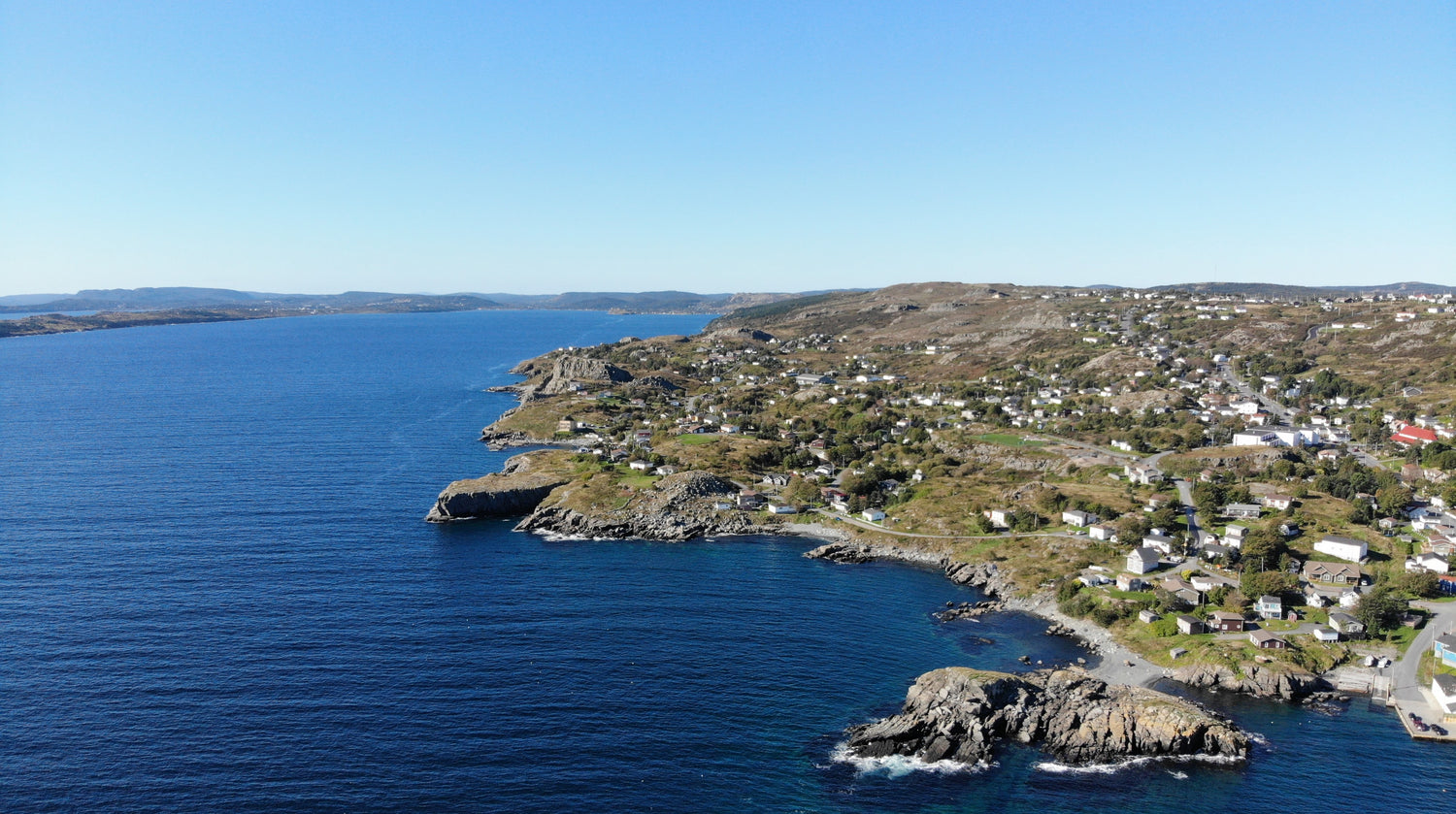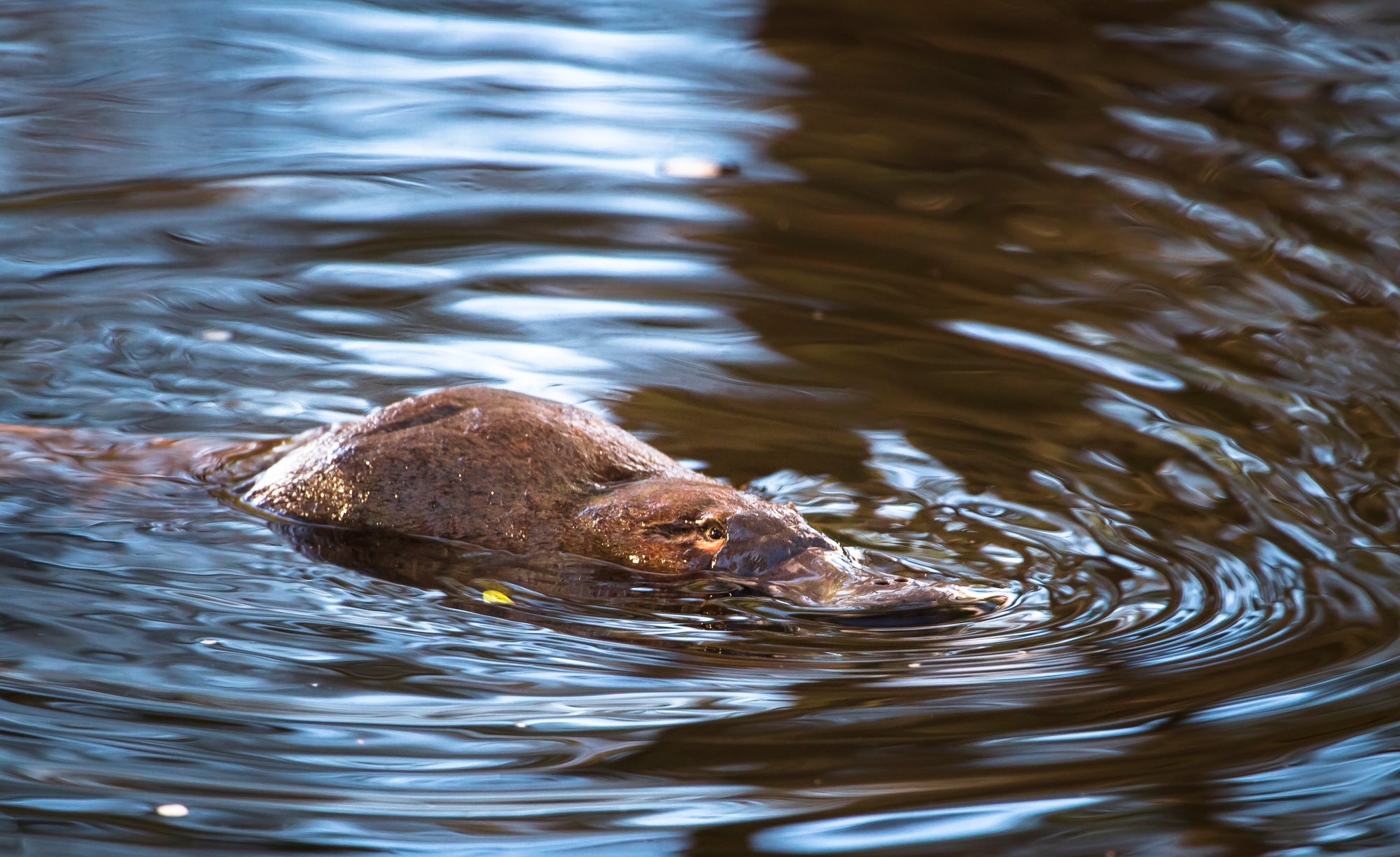One of the biggest advantages of a time lapse camera is how it sustains such a long period of recording. Fossils from ancient generations happen to have a similar concept, so what could be better than combining the two together?
 🔼 Brinno time lapse camera mounted on a large boulder named ‘Graffiti’, due to the amount of graffiti located elsewhere on the boulder
🔼 Brinno time lapse camera mounted on a large boulder named ‘Graffiti’, due to the amount of graffiti located elsewhere on the boulder
This time we are pleased to meet Christopher McKean from Memorial University of Newfoundland, who recently published an interesting paper on how he managed to integrate time lapse with his work in observing environmental and anthropic events that risk damaging some of the oldest fossils on the planet.
1. Tell us about yourself
My name is Christopher McKean. I am a paleontologist and recently completed my PhD at Memorial University of Newfoundland in Canada. During my PhD I worked on some of the oldest fossils known to science, the Ediacaran biota. The main focus of my PhD thesis was an in-depth study of a fossil site, known as the Allison Surface, in Upper Island Cove, Newfoundland. This site preserves fossils with exquisite three-dimensional detail.

🔼Christopher and his team from MUN Paleobiology working on the site 🔽

This detail can be as small as 0.05 mm and as such these fossils show features that are unknown from any other fossils of a similar age. This makes the Allison Surface an extremely important site for both paleontology and understanding the evolution of early life. During the course of my PhD we began to realize that the fossils found at the site had been formed in a completely unique way and that some of the fossils (of which there are over 250) are new species to science. As such I started to ask myself how this site could be better protected for future generations, not just for scientists but for the local communities who benefit from tourism in the area.

🔼A selection of Ediacaran fossils, known as rangeomorphs, found at Upper Island Cove, Newfoundland
2. How did you apply time lapse to your research?
We got permission from the Town Council of Upper Island Cove, as well as the provincial government of Newfoundland and Labrador, to set up three Brinno cameras at the site. These cameras were placed between 10 to 30 meters from the location of the fossils. All three cameras were given nicknames based on where they were mounted and where they were positioned; namely ‘Cliff’, ‘Concrete’ and ‘Graffiti’.

🔼Drilling of the rock and mounting of the time lapse camera at the ‘Cliff’ location
Thanks to the battery life of the Brinno camera, we only had to go out every 4-6 weeks to change the memory card and batteries throughout the year-round recording sessions. This leeway allowed our team to visit the site on favorable days and avoid Newfoundland’s extreme winter weather. The entirety of the resources for this study included 30 sets of memory cards and batteries, and recordings from the 1st of November, 2021 till the 31st of October, 2022 (recording around 10 hours a day). In total, over 1000 files of time lapse video were in our database.

3. How did you start using time lapse?
We wanted a way to record and observe the site all year round. With the weather in Newfoundland, we are only able to go into the field during the summer months, and are quite often unable to reach many of these sites during the winter due to snow storms. This is why we implemented the Brinno time lapse cameras.
🔼Two videos demonstrating the environmental impact on the fossil site.
4. Any interesting captures with our time lapse camera?
In Newfoundland, the Caplin Rolling is a remarkable event where capelin spawn off the coast, attracting large whales, seagulls, and locals. People flock to the shore with buckets, scooping up fish by the hundreds. During this time, the town of Upper Island Cove is bustling with activity as residents collect capelin all day. Nearby, an interpretation panel educates visitors about fossils, drawing them to the site. It’s encouraging for paleontologists to see the community engaged, exploring fossils and sharing photos, all while respecting the site.
5. How did time lapse cameras assist with your research?
The footage allowed us to build a nice high-resolution data set. As we used the Brinno time lapse cameras to record one frame per minute, we were able to tell the actual movement of people and weather events, their duration, and everything else involved, down to minute by minute details. For the entire study, we ended up with over 1000 videos that allowed us to fully understand the associated risks to the site, resulting in two broad categories - anthropic events and environmentally associated risks.
 🔼The fossil site is located along the shore and is easily accessible.
🔼The fossil site is located along the shore and is easily accessible.
High-impact activities would have been things like large numbers of people visiting the site at a single time, dragging abrasive material such as pebbles and sand across the surface, and bringing that into direct contact with the fossils. On the other hand, huge ice sheets that were forming over the surface over the winter months, as well as large waves that were coming and crashing across the surface during winter storms, accounted for some of the largest environmental factors that bring a risk of damage to the fossils.
"The Brinno cameras are an ideal fit for what we need them for." - Christopher mentioned in the interview
6. How would you recommend a Brinno time lapse camera to your fellow colleagues?
Conservation studies that focus on protecting our geological and palaeontological heritage are going to become more commonplace. Hopefully people will use the methods that we've put forward in this study to observe other sites over prolonged periods of time with time lape cameras.
We conducted our study over just one year, but that's not to say that similar work couldn't go on for two or three years to develop a more complex database and understand the unique activities that each site is subject to. I myself would love to continue working in this field of research as it develops, as protecting our geological heritage benefits not just scientists but communities as well.
Check out the following link to find out more about Christopher’s study!
https://t.co/xiHp3v0Cjk
https://link.springer.com/article/10.1007/s12371-024-00959-5



